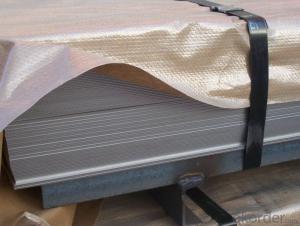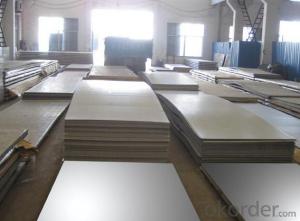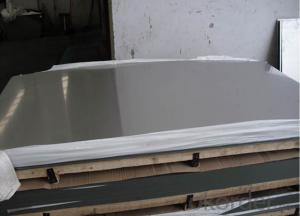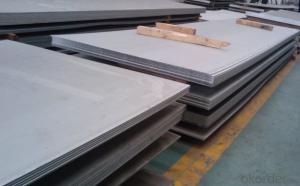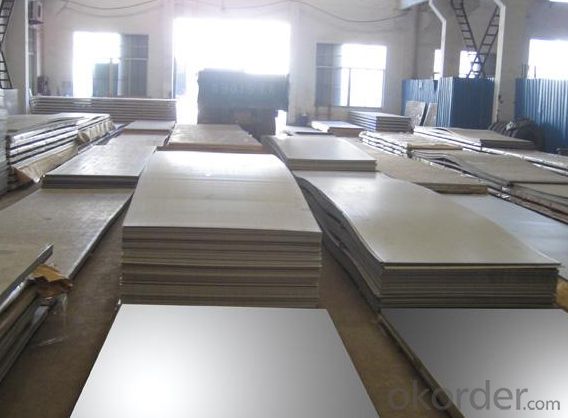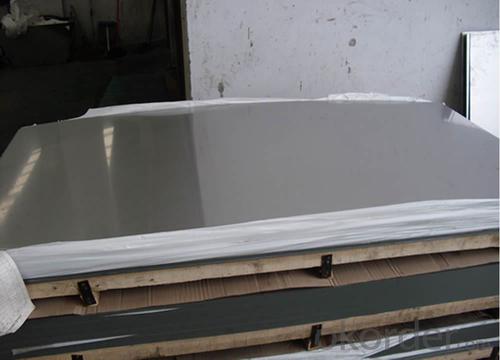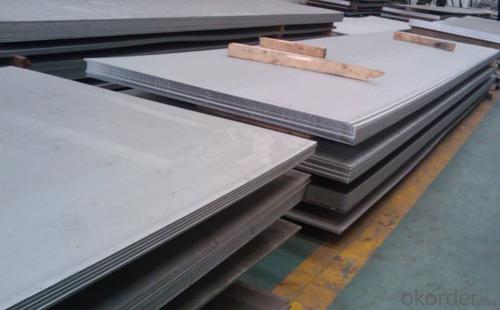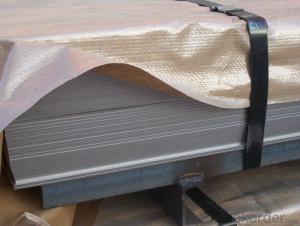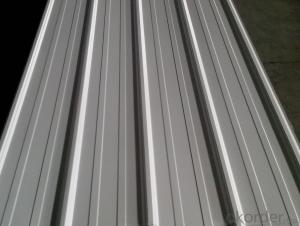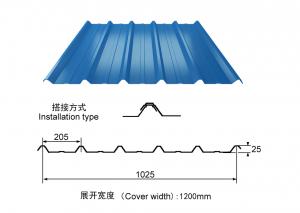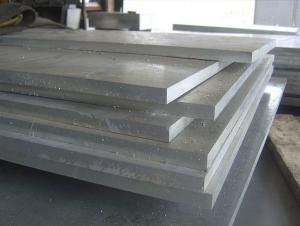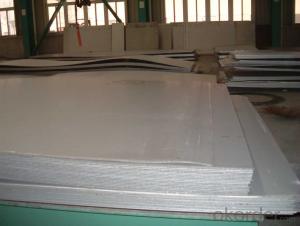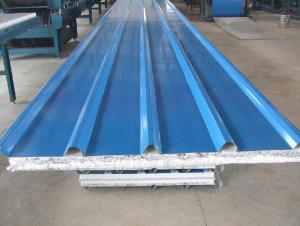Stainless Steel Sheet with Corrugated Method
- Loading Port:
- Shanghai
- Payment Terms:
- TT OR LC
- Min Order Qty:
- 10000 m.t.
- Supply Capability:
- 5000000 m.t./month
OKorder Service Pledge
OKorder Financial Service
You Might Also Like
Hot sale stainless steel sheet 201/202/304/304l/316/316l/430 in china alibaba
Product Description
Stainless steel sheet Detailed introduction
Description | steel sheet,hot rolled steel sheet,cold rolled steel sheet, steel sheet,sheet,steel plate |
Standard | ASME, ASTM, EN ,BS,GB,DIN, JIS etc |
Application | Steel sheet applies to construction field, ships building industry, petroleum & chemical industries, war and electricity industries, food processing and medical industry, boiler heat exchanger, machinery and hardware fields. |
Packaging | Standard export sea-worthy packing |
Delivery time | 10-30 days |
Quality | No.1 |
Productivity | 500 tons/Day |
Note | Our company has cooperative relation between the domestic agents. Stainless steel sheet can be made accordingto the customers requirements. Fasten delivery. Quality assured. |
Contacts | If you have any question,please feel free contact me. |
Stainless steel sheet surface finish characteristics
Surface finish | Characteristics and application |
2B | The surface brightness and flatness of no2B is better than no2D. then through a special surface treatment to improve its mechanical properties,No2B could nearly satisfy comprehensive uses. |
No.1 | Polished with abrasive belt of grit#100-#200, have better brightness with discontinuous coarse stria, used as inner and external ornaments for building, electrical appliances and kitchen utensils etc. |
No.4 | Polished with abrasive belt of grit #150-#180,have better brightness with discontinuous coarse stria, but thinner than No3, are used as bathtub buildings inner and external ornaments electrical appliances kitchen utensils and food processing equipment etc. |
HL | Polished with abrasive belt of grit #150-#320 on the NO.4 finish and has continuous streaks, mainly used as buildings ornaments elevators, door of building, frontal plate etc. |
BA | Cold rolled, bright annealed and skin-passed, the product have excellent brightness and good reflexivity like mirror, kitchen apparatus, ornament etc. |
8K | The product have excellent brightness and prefer reflexivity can to be the mirror. |
Application :
•Escalator, Elevator, Doors
•Furniture
•Production tools, Kitchen appliances, freezers, cold rooms
•Auto Parts
•Machinery and Packaging
•Equipment and Medical devices
•Transport system
Product Details:
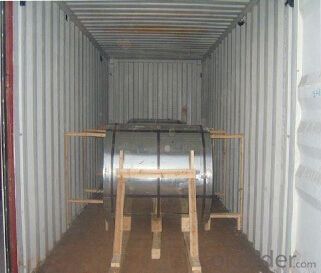
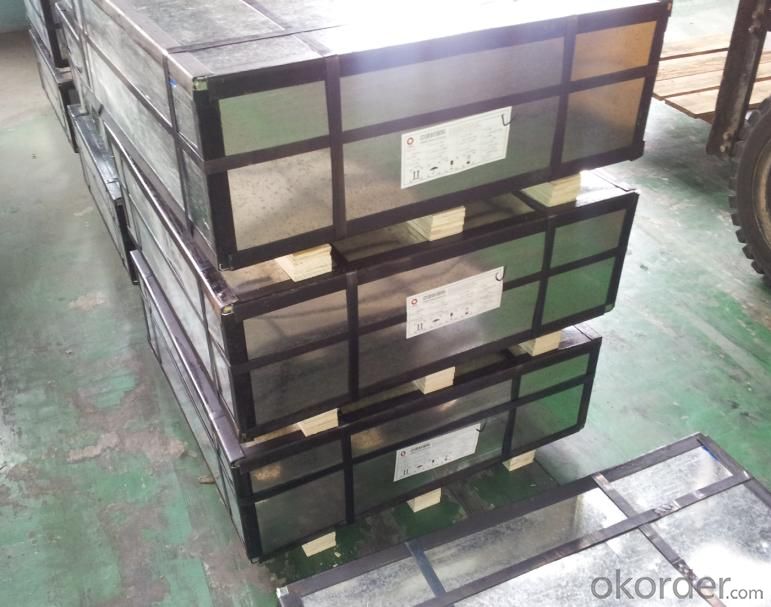
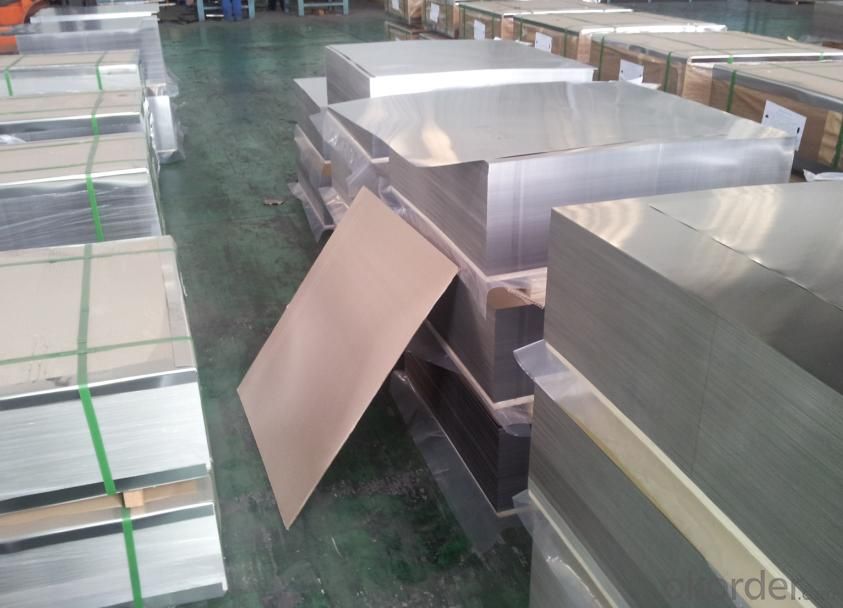
Sandard Seaworth Packing(wooden packing with water proof paper)


If you have any question about stainless steel sheets,donot forget to sending the email to Us! You will get the competitive Price and have a very good experience about the Buying Process! CNBM International Corporation is always your trustful friend!
- Q: What does "80 wire" stainless steel plate mean? How much more expensive than the average stainless steel plate?
- Stainless steel terminology, the general thickness of C to calculate the negative difference, the 1 C is 0.01MM, so 80C is 0.8MM. 0.8MM thick stainless steel with different thickness, different prices, generally about Yuegui thin.
- Q: Can stainless steel sheets be used for air conditioning systems?
- Yes, stainless steel sheets can be used for air conditioning systems. Stainless steel is a popular material choice for various components in air conditioning systems due to its durability, resistance to corrosion, and high strength. It is commonly used for air conditioning ducts, air handling units, heat exchangers, and other parts that come into contact with air or moisture. The stainless steel sheets used in air conditioning systems are typically of a specific grade that is suitable for the intended application, ensuring optimal performance and longevity. Overall, stainless steel sheets are a reliable and efficient choice for air conditioning systems.
- Q: What are the different types of stainless steel sheet thickness tolerances?
- The different types of stainless steel sheet thickness tolerances include standard, tight, and extra tight tolerances. Standard tolerances allow for slight variations in thickness, tight tolerances have lower permissible deviations, and extra tight tolerances have even smaller allowable variations in thickness.
- Q: Are stainless steel sheets suitable for medical implants?
- Yes, stainless steel sheets are suitable for medical implants. Stainless steel is a common material used in medical implants due to its desirable properties such as corrosion resistance, strength, and biocompatibility. These sheets can be fabricated into a variety of shapes and sizes, making them versatile for different types of implants. Additionally, stainless steel has been extensively studied and proven to be safe for long-term implantation in the human body. It is also cost-effective compared to other implant materials. However, it is important to note that the specific grade of stainless steel and the surface finish are critical factors in determining the suitability for medical implants. The grade of stainless steel must meet the requirements for biocompatibility and corrosion resistance, while the surface finish should be smooth to minimize the risk of infection and promote proper tissue integration. Overall, stainless steel sheets are a reliable and widely used material for medical implants.
- Q: Are stainless steel sheets suitable for architectural wire mesh?
- Yes, stainless steel sheets are suitable for architectural wire mesh. Stainless steel is a durable and corrosion-resistant material, making it ideal for outdoor applications. It provides strength and stability to the wire mesh, ensuring longevity and aesthetic appeal in architectural designs.
- Q: Can stainless steel sheets be used for architectural façades?
- Yes, stainless steel sheets can be used for architectural façades. Stainless steel is a durable and versatile material that offers many advantages for façade applications. It is resistant to corrosion, weathering, and staining, making it an ideal choice for exterior use. Stainless steel sheets can be fabricated into various shapes and sizes, allowing for a wide range of design options. Additionally, stainless steel can be finished in different ways, such as brushed, polished, or colored, providing further aesthetic possibilities. Its strength and rigidity also make it suitable for large-scale installations. Overall, stainless steel sheets offer durability, aesthetic appeal, and design flexibility, making them a popular choice for architectural façades.
- Q: Can stainless steel sheets be painted?
- Yes, stainless steel sheets can be painted. However, it is important to properly prepare the surface to ensure good adhesion. This typically involves cleaning, sanding, and applying a primer before painting.
- Q: How do I prevent stress corrosion cracking on stainless steel sheets?
- To prevent stress corrosion cracking on stainless steel sheets, you can follow a few key steps. First, ensure that the stainless steel is properly cleaned and free from any contaminants that may promote corrosion. Additionally, avoid exposing the stainless steel sheets to environments with high chloride concentrations or acidic substances as they can accelerate stress corrosion cracking. It is also important to reduce any residual stresses in the material by utilizing proper fabrication techniques and avoiding excessive cold working. Finally, selecting the appropriate stainless steel grade for the specific application, such as those with improved resistance to stress corrosion cracking, can greatly help in preventing this type of corrosion.
- Q: What's the difference between stainless steel 304 2B board and Ba board?
- 304 stainless steel2B board: without glossBA board: an ordinary mirror that shines a littleStainless steel and mirror, that is, 8K board, like a mirror
- Q: Are stainless steel sheets fire resistant?
- The fire resistance properties of stainless steel sheets are exceptional. With their high melting point and low thermal conductivity, stainless steel can endure prolonged exposure to high temperatures without experiencing significant structural alterations or losing strength. As a result, stainless steel sheets possess remarkable resistance to fire and heat harm. Furthermore, stainless steel does not emit toxic fumes when exposed to fire, further enhancing its safety in environments prone to fires. Consequently, stainless steel sheets are frequently employed in situations where fire resistance is of utmost importance, such as the construction of fire doors, fire escapes, and fire-resistant enclosures.
Send your message to us
Stainless Steel Sheet with Corrugated Method
- Loading Port:
- Shanghai
- Payment Terms:
- TT OR LC
- Min Order Qty:
- 10000 m.t.
- Supply Capability:
- 5000000 m.t./month
OKorder Service Pledge
OKorder Financial Service
Similar products
Hot products
Hot Searches
Related keywords
